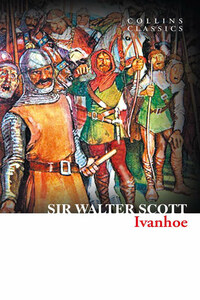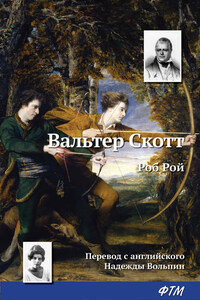In 1819, millworker William Collins from Glasgow, Scotland, set up a company for printing and publishing pamphlets, sermons, hymn books and prayer books. That company was Collins and was to mark the birth of HarperCollins Publishers as we know it today. The long tradition of Collins dictionary publishing can be traced back to the ï¬rst dictionary William published in 1824, Greek and English Lexicon. Indeed, from 1840 onwards, he began to produce illustrated dictionaries and even obtained a licence to print and publish the Bible.
Soon after, William published the ï¬rst Collins novel, Ready Reckoner, however it was the time of the Long Depression, where harvests were poor, prices were high, potato crops had failed and violence was erupting in Europe. As a result, many factories across the country were forced to close down and William chose to retire in 1846, partly due to the hardships he was facing.
Aged 30, Williamâs son, William II took over the business. A keen humanitarian with a warm heart and a generous spirit, William II was truly âVictorianâ in his outlook. He introduced new, up-to-date steam presses and published affordable editions of Shakespeareâs works and ThePilgrimâs Progress, making them available to the masses for the ï¬rst time. A new demand for educational books meant that success came with the publication of travel books, scientiï¬c books, encyclopaedias and dictionaries. This demand to be educated led to the later publication of atlases and Collins also held the monopoly on scripture writing at the time.
In the 1860s Collins began to expand and diversify and the idea of âbooks for the millionsâ was developed. Affordable editions of classical literature were published and in 1903 Collins introduced 10 titles in their Collins Handy Illustrated Pocket Novels. These proved so popular that a few years later this had increased to an output of 50 volumes, selling nearly half a million in their year of publication. In the same year, The Everymanâs Library was also instituted, with the idea of publishing an affordable library of the most important classical works, biographies, religious and philosophical treatments, plays, poems, travel and adventure. This series eclipsed all competition at the time and the introduction of paperback books in the 1950s helped to open that market and marked a high point in the industry.
HarperCollins is and has always been a champion of the classics and the current Collins Classics series follows in this tradition â publishing classical literature that is affordable and available to all. Beautifully packaged, highly collectible and intended to be reread and enjoyed at every opportunity.
In purely literary terms, the view of Scottâs talents has fluctuated over the two centuries since his lifetime. It is important to remember that he became successful at a time when relatively few people attempted to become authors, so it was easier to be published and there was little by way of competition. In addition, Scott invented the historical novel genre, so he hit on a formula that immediately appealed to a burgeoning readership.
His skills as a novelist had been called into question by the early 20th century, when the medium had progressed to a point of high professionalism. It was thought by many that Scott was inefficient with his prose and his plotting left a good deal to be desired. His characterization was also rather two-dimensional, because he was more concerned with telling a good yarn than saying anything about the human condition. To E. M. Forster, Scottâs limitations made him the lesser novelist when compared with his contemporary Jane Austen who was already experimenting with ideas of what it meant to be human and was, therefore, using literature as a high art form. The Brontë sisters went on to take the baton from Austen, continuing the development of English literature in that direction. That is not to say, however, that Scott was not an influence on subsequent authors â far from it. His approach was the equivalent of a blockbuster movie as opposed to an âart houseâ film. Consequently there have been plenty of authors who have taken the historical novel genre and run with it.
In terms of sales Scott was extremely successful and became a very wealthy man. He was also held in very high esteem in Britain, America, and the European continent and had a strong work ethic, continuing with his writing until his death. He was also a proud man and insisted on getting himself out of debt with sales of his books when he was made bankrupt by a banking crisis in 1825â26 that saw his investments crash. He might easily have asked for financial assistance from his many friends in high places, but was too principled to take the easy road. He remained in debt for the rest of his days, but the sales of his books did eventually balance the books posthumously.














